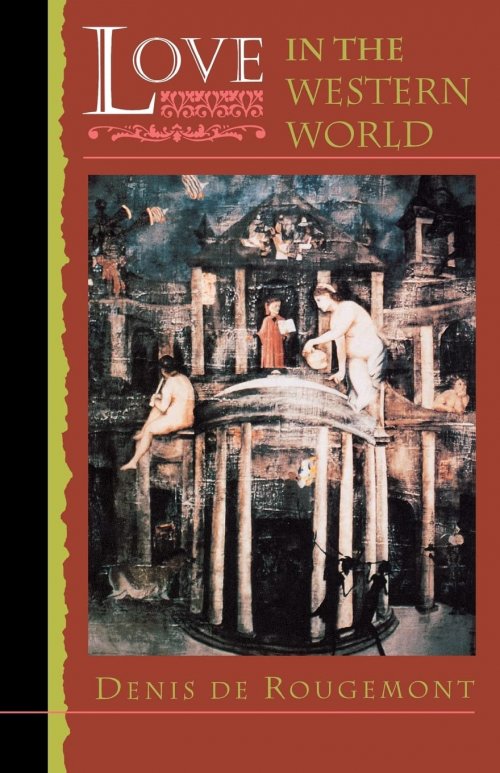In the realm of myth and music, the story of Tristan und Isolde holds a profound place, delving into the mystique of love and death. This article explores the deeper, perhaps occult, significance of the Tristan und Isolde myth, using insights from Denis de Rougemont’s “L’amour et l’Occident” and Robert A. Johnson’s “Die Traumvorstellung Liebe – Der Irrtum des Abendlandes.” By examining Richard Wagner’s music drama, we unravel the layers of Tristan’s quest for his Anima, the elixir of love and death, and the individuation process.
Tristan’s pursuit of his Anima, is a quest as understood in Jungian psychology. The “islands of consciousness” beyond the sea of the unconscious become symbolic of his journey. The elixir of love and death, central to the myth, can be seen in the context of individuation—a transformative process leading to the integration of the psyche’s disparate elements.
The Romantic Love as a Western Fallacy
According to Robert A. Johnson, the Tristan und Isolde myth exposes the fallacy of “romantic love,” portraying it as the ultimate misconception of the Western world. Johnson suggests that the confusion arises from attempting to live the Anima, a transcendent entity, on an earthly plane. The dualities of Anima and ego-consciousness can only achieve unity in death, leading to questions about the necessity of such a path and its potential as a higher level of consciousness or an essential condition for artistic creation.
Maybe the idea of “romantic love” occurs as a mistake in mysticism and art. We can question whether this pursuit is an error or a necessary initiation process and a prerequisite for artistic expression. Johnson’s quote, “Wenn unser Leben steril wird, dann gehen wir die Anima suchen” (When our life becomes sterile, we seek the Anima), emphasizes the transformative power of such quests.
A myth is a timeless tale
The Tristan and Isolde myth, rooted in ancient narratives and brought to life by Richard Wagner’s opera, truly delves into the profound themes of love, death, and the psyche. This timeless tale unfolds as Tristan, born into mourning, embarks on a quest between the finite and infinite realms, encountering the goddess of love, Isolde.
The Love-and-Death Potion
At the heart of the narrative lies the love-and-death potion, a magical elixir symbolizing the transformative power of love that transcends life and death. Originally a single potion uniting the lovers, Wagner’s adaptation splits it into love and death components, adding complexity to the tale. The potion becomes a poignant symbol of the union of opposites, intertwining ecstasy and tragedy.
The Union of Opposites
Tristan and Isolde themselves embody the union of opposites. Tristan, a symbol of the finite world and consciousness, encounters Isolde, the goddess of love representing the infinite world and the unconscious. Their union signifies the integration of these opposing forces, exploring the delicate balance between love and mortality.
Symbolic Geography of the Psyche
The narrative’s symbolic geography, with Lohnois representing the finite world and the Morois Forest symbolizing the infinite world, underscores the theme of the union of opposites. Tristan’s journey between these realms mirrors his existential conflict, seeking a harmonious integration of the finite and infinite aspects of his existence.
Wagner’s Adaptations
Richard Wagner’s opera adaptation simplifies the original material, omitting crucial elements like the three years the lovers spend in the Forest of Morois. The transformation of the love-and-death potion into two separate elixirs introduces a nuanced twist, emphasizing the duality inherent in the lovers’ union.
Chrétien de Troye’s Reflection
In the words of Chrétien de Troye, “Blicken zwei Spiegel einander an, so spielt der Satan seinen liebsten Trick und öffnet hier auf seine Weise die Perspektive ins Unendliche” (“When two mirrors face each other, Satan plays his favorite trick, opening up the perspective into the infinite”). This quote encapsulates the overwhelming nature of the romantic love experienced by Tristan and Isolde, a love that transcends the confines of the earthly realm.
The Tristan and Isolde myth invites readers and audiences to reflect on the profound interplay of love and death, consciousness and the unconscious. Through symbolism and narrative, it weaves a captivating exploration of the eternal dance between opposing forces in the human experience.




